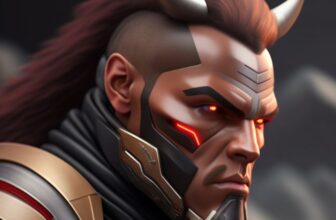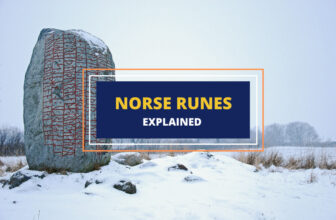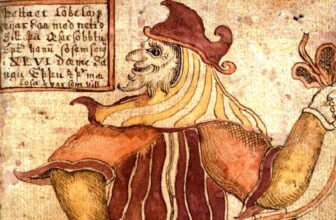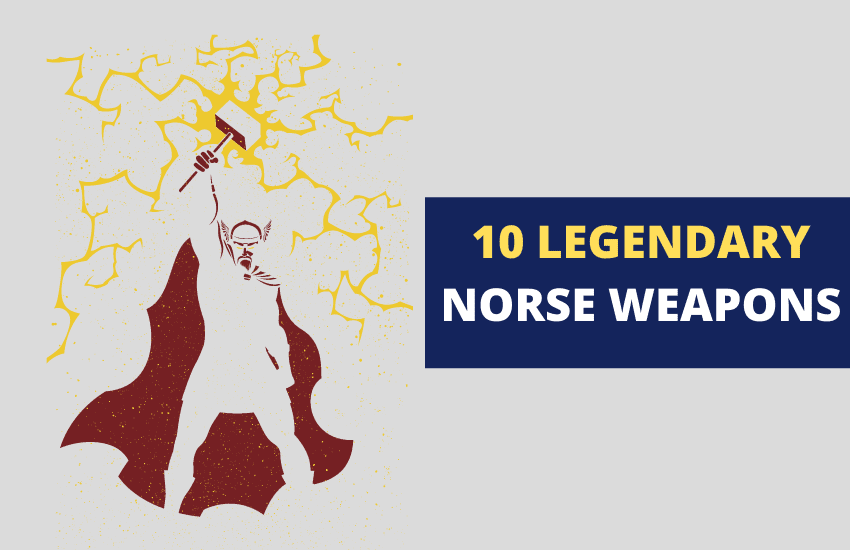
Table of Contents
From the ancient Germanic tribes that plagued Rome to the medieval Viking raiders that reached North American shores, most Norse cultures have never shied away from war. This is clearly reflected in their mythology as well as in the numerous mythological weapons the Norse gods and heroes wield. Most people can name at least a couple but there are many more fascinating weapons to explore in the beautiful Norse myths. Here’s a look at 11 of the most famous Norse weapons.
Mjolnir
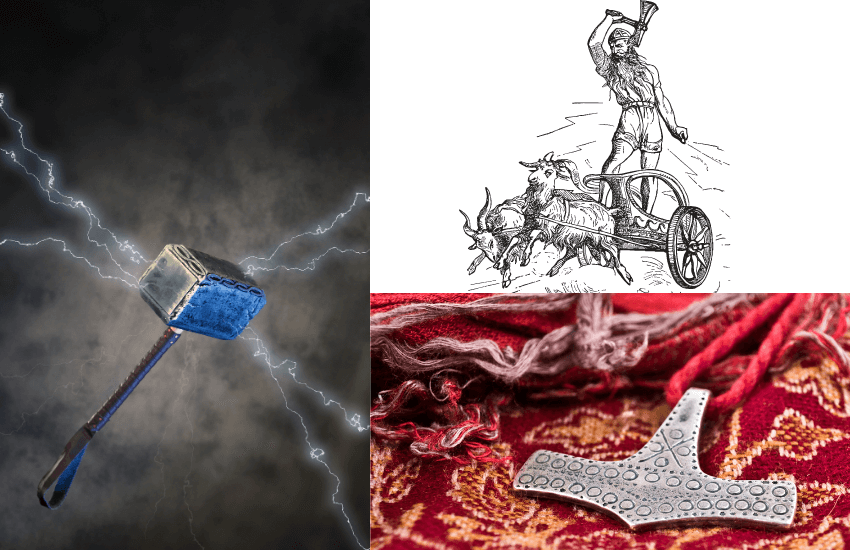
Probably the most well-known Norse mythology weapon is the mighty hammer Mjolnir, belonging to the Norse god of strength and thunder Thor. Mjolnir is an incredibly powerful war hammer, capable of breaking entire mountains and summoning furious thunderstorms.
Mjolnir has a curiously short handle, making it a one-handed weapon, unlike the traditional two-handed war hammers people used. Like most other problems in Norse mythology, the short handle was actually the fault of the trickster god Loki.
The god of mischief had asked the dwarven blacksmiths Sindri and Brokkr to craft Mjolnir for Thor because Loki needed to make amends with him after cutting off the gorgeous, golden hair of Thor’s wife, the goddess Sif. Loki had already ordered the creation of a new golden wig for Sif but he needed something else to further appease Thor.
As the two dwarven brothers were crafting Mjolnir for Thor, however, Loki just couldn’t help himself, and shapeshifted into a fly. He started pestering the dwarves to force them to make a mistake in the crafting of the weapon. Fortunately, the two blacksmiths were so skilled that they made Mjolnir near-flawless with the short handle being the only unintended issue. This wasn’t a problem for a god of strength, of course, and Thor still used Mjolnir with ease.
Gram
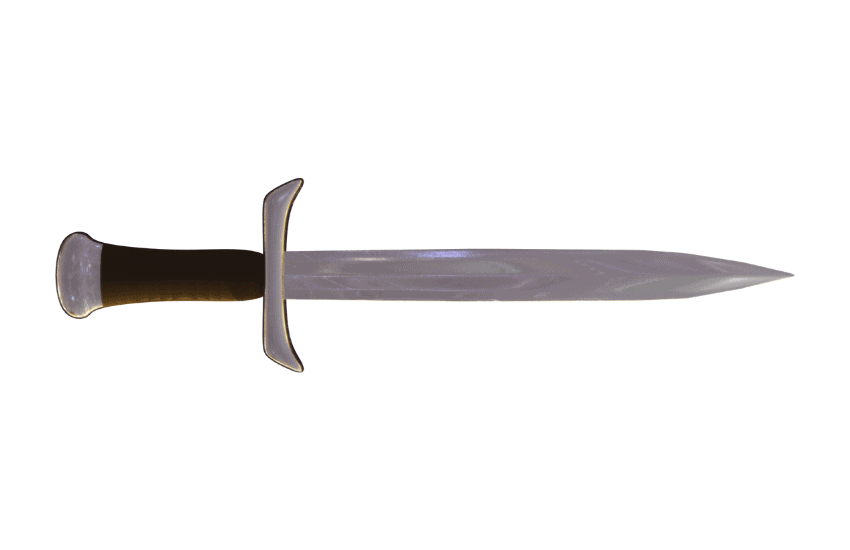
Gram was the sword of two of the most popular Norse heroes – Sigmund and Sigurd. Their myths tell stories of greed, betrayal, and bravery, as well as treasure and dragons.
Gram was initially given to Sigmund by Odin himself in a rather Arthurian-like legend. Later on, Gram was passed on to the hero Sigurd to help him kill the mighty dragon Fafnir – a former dwarf who transformed into a dragon out of pure rage, greed, and jealousy. Sigurd managed to kill Fafnir with a single strike at the dragon’s belly and took his cursed treasure as well as his heart.
Just like Sigmund’s story is similar to that of Arthur and Excalibur, Sigurd’s and Fafnir’s story is what inspired The Hobbit of J.R.R. Tolkien.
Angurvadal
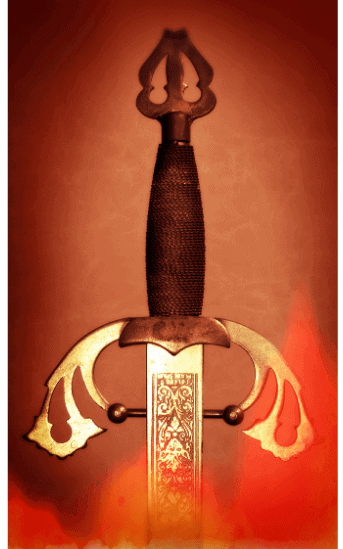
This legendary sword’s name translates to “A Stream of Anguish” which describes its story pretty well.
Angurvadal was the magical sword of the Norse hero Frithiof, son of the famous Thorstein Vikingsson. Angurvadal had powerful runes carved into the blade which blazed brightly at times of war and gleamed dimly at times of peace.
Frithiof used Angurvadal on a mission to Orkney in an attempt to prove himself worthy of the hand of princess Ingeborg. While fighting in Orkney, however, Frithion was betrayed, his homestead was burned down, and Ingeborg was married to the elderly King Ring.
Angy and alone, Frithiof sailed away with Viking warriors to seek his fortune elsewhere. After several years and many glorious battles and plunder, Frithiof returned. He impressed the old King Ring and when the latter died of old age soon after, he gave both the throne and Ingeborg’s hand to Frithiof.
Gungnir
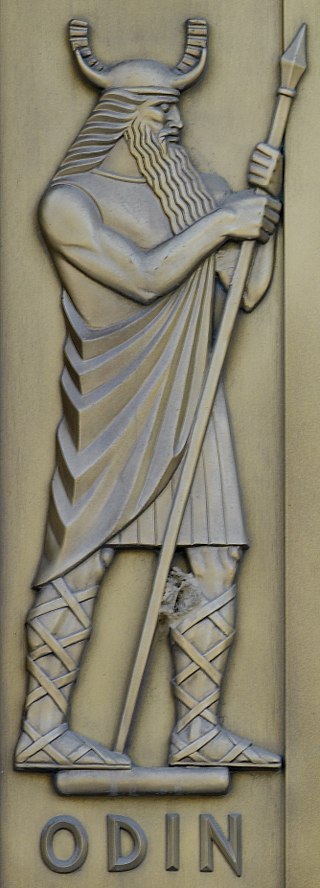
The legendary spear Gungnir was probably the most famous Norse mythology weapon before Marvel comics and MCU movies shot Mjolnir to the top spot of the popularity rankings. Even though Gungnir isn’t as prominently featured in popular culture, however, it’s truly infamous in Norse myths.
The powerful spear was the weapon of choice of the All-Father god Odin, the patriarch of the entire Norse pantheon. The spear’s name translates as “The Swaying One” and the weapon is said to be so well-balanced that it never misses its target.
Being a god of war as well as of knowledge, Odin used Gungnir quite often during the numerous wars and battles he led and fought across the Nine Realms of Norse mythology. He used Gungnir during the Final Battle Ragnarok as well. However, even this powerful weapon wasn’t enough to save Odin in his fatal clash against the giant wolf Fenrir.
Funnily enough, Gungnir was also crafted by order of Loki while he was on the quest to fashion a new set of golden hair for the goddess Sif. The spear was made by the Sons of Ivaldi dwarves together with Sif’s golden wig immediately before Loki tasked Sindri and Brokkr with crafting Mjolnir.
Laevateinn
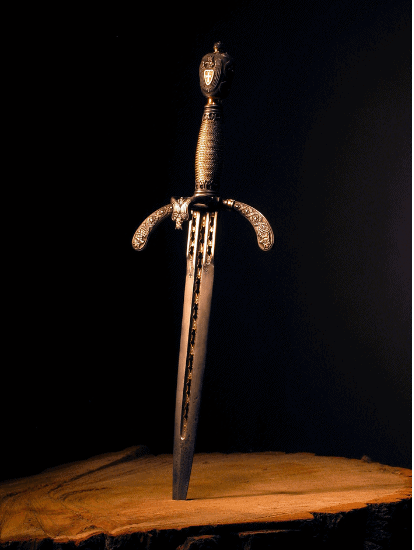
This small magical dagger or wand is one of the more mysterious weapons/objects in Norse mythology. According to the poem Fjölsvinnsmál, Laevateinn is kept in the Norse Underworld Hel where it lies “in an iron chest” secured with nine locks.
Laevateinn is described as a magic wand or dagger made out of wood. It’s also associated with the god of mischief Loki who’s said to have “plucked it down by the gate of Death”. This has led some scholars to believe that Laevateinn is actually the mistletoe arrow or dart that Loki used to murder the god of the sun Baldr.
After Baldr’s death, the sun god was brought down to Hel instead of to Valhalla, where slain warriors went. Baldr’s death was more of an accident rather than a death in battle which further hints at Laevateinn’s potential true nature. If this magical weapon is indeed the mistletoe responsible for Baldr’s death, Laevateinn may easily be the most influential object in Norse mythology as Baldr’s death started the chain of events that led to Ragnarok.
Freyr’s Mysterious Sword
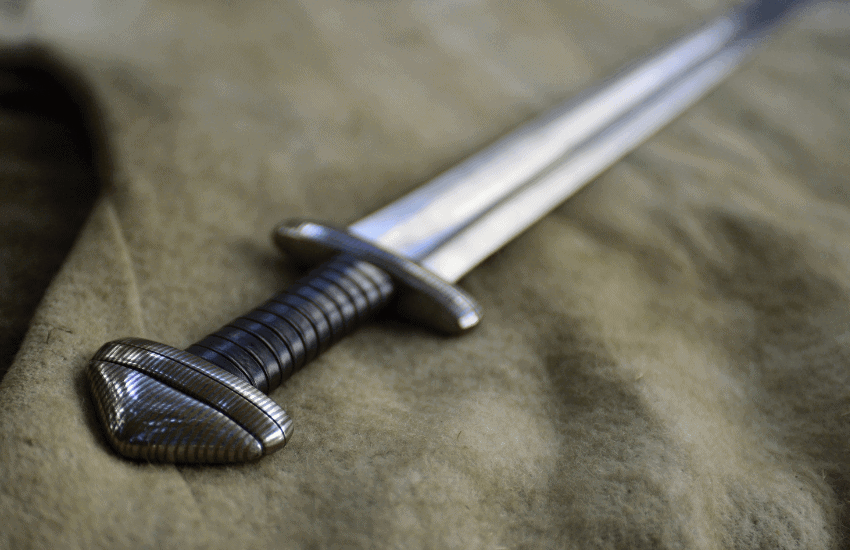
Frey’s sword is an unnamed but very unique weapon in Norse mythology. Like his sister Freyja, Freyr is a fertility deity that’s actually outside of the standard Aesir Norse pantheon – the two fertility twins are Vanir gods who were accepted by the Aesir but belong to the more peaceful and loving Vanir tribe of gods.
This doesn’t mean that Freyr and Freyja aren’t well-armed and capable warriors, of course. Freyr, in particular, wielded a powerful sword that had the magical ability to fly off the god’s hand and fight on its own “if wise be he who wields it”.
However, once Freyr joined the Aesir gods in Asgard he decided to marry the jötunn (or giantess) Gerðr. To win her heart, Freyr had to give up his magical sword and with it – his warrior ways. Freyr gave the sword to his messenger and vassal Skírnir and then lived “happily ever after” with Gerðr as a ruler of Álfheimr, the realm of the elves.
Freyr still had to fight occasionally but did so wielding a giant antler. With this antler, Freyr managed to defeat the giant or jötunn Beli. However, once Ragnarok began, Freyr had to use that same antler against the unstoppable jötunn Surtr and his flaming sword with which Surtr led his flaming hordes into Asgard. Freyr died in that battle and Asgard fell soon after.
There are some who speculate that the name of Freyr’s magical sword is Laevateinn but the evidence for that theory is sparse.
Hofund
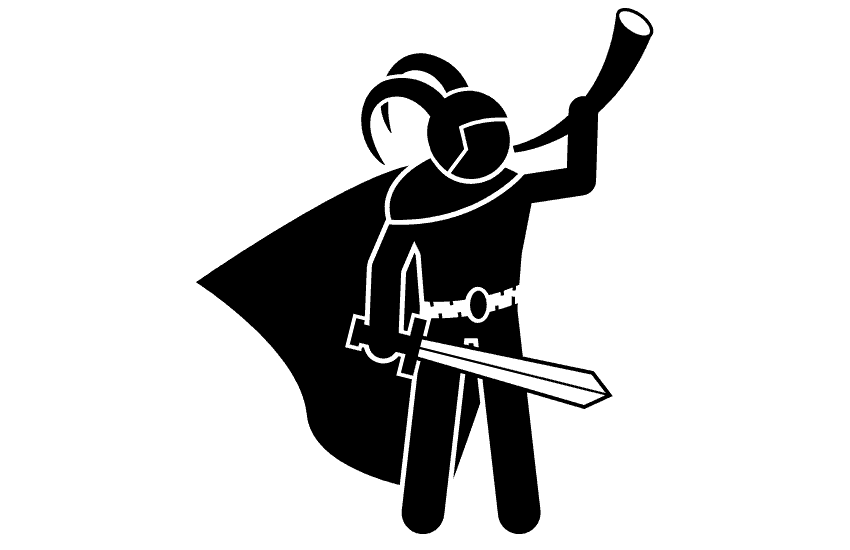
Hofund or Hǫfuð is the magical sword of the god Heimdall. In Norse mythology, Heimdall is the eternal watcher – the Aesir god charged with observing Asgard’s borders and the Bifrost rainbow bridge for intruders.
Heimdall led a lonely life but he was happy in his Himinbjörg fortress atop Bifrost. From there, Heimdall could see what was happening in all Nine Realms and that quality was reflected in his sword, Hofund – when in peril, Heimdall could draw upon other powers and energies across the Nine Realms and “supercharge” Hofund to make the sword even more powerful and deadly than it already was.
Being a lonely watcher, Heimdall didn’t fight too often. However, he was front and center during Ragnarok. When Loki attacked with his frost jötunn and Surtur charged with his fire jötunn, Heimdall was the first one to stand in their way. The watcher god fought Loki with Hofund and the two gods killed each other.
Gleipnir
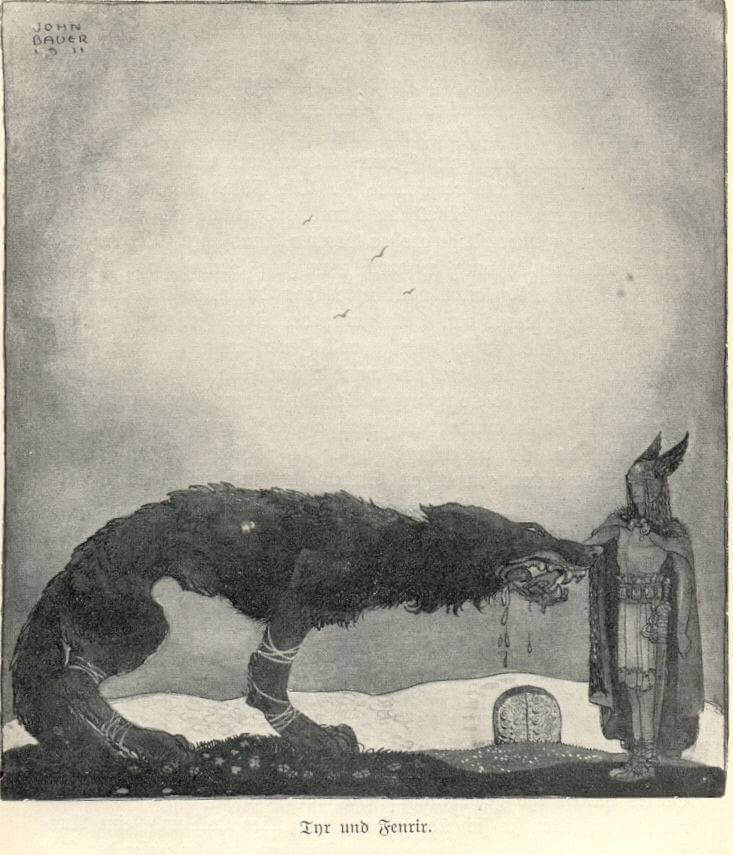
Gleipnir is one of the most unique types of weapons in any mythology. Unlike most of the other weapons on this list, which consist of swords and daggers, gleipnir refers to the special bindings that were used to tie up the giant wolf Fenrir. The Norse gods had tried to tie up Fenrir before, but each time, he had broken the metal chains. This time, they had requested the dwarves to create a chain that couldn’t be broken.
The dwarves used six apparently impossible items to create the bindings. These included:
- A woman’s beard
- The sound of a cat’s footfall
- A mountain’s roots
- A bear’s sinews
- The breath of a fish
- The bird’s spittle
The result was a thin, delicate-looking silken ribbon with the strength of any steel chain. Gleipnir is one of the most important weapons of Norse mythology, as it holds Fenrir in captivity and was the reason for Tyr’s hand being bitten off by Fenrir. When Fenrir finally breaks himself free of gleipnir during Ragnarok, he will then attack Odin and devour him.
Dainslief
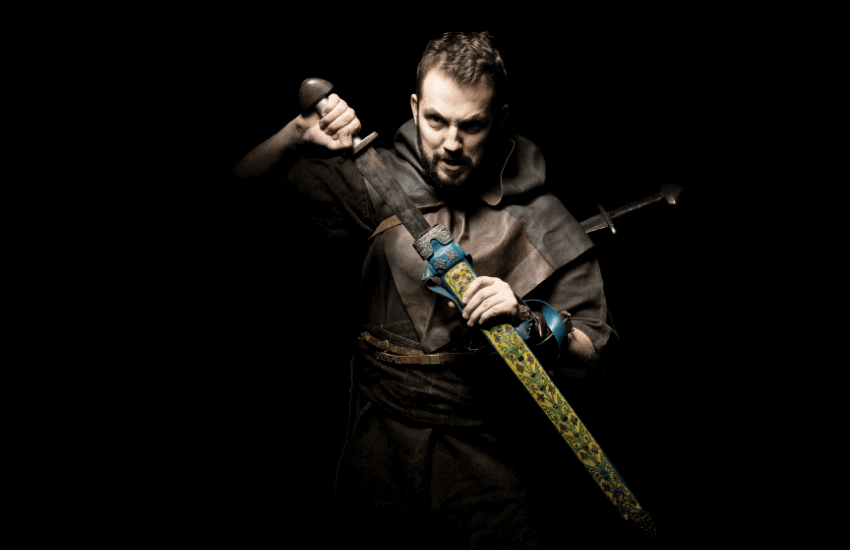
Dainslief or “Dain’s legacy” in Old Norse was the sword of the Norse hero King Hogni. The sword was crafted by the famous dwarven blacksmith Dain and had a very specific and deadly magic imbued in it. Dain’s legacy was cursed or enchanted, depending on your point of view, in such a way that it had to take a life every time it was drawn. If the sword hadn’t claimed any life, it simply could not be sheathed back into its scabbard.
To make matters even deadlier, the sword’s magic allowed it to kill anyone with even the slightest touch. It wasn’t poisoned or anything, it was just that deadly. It also never missed its target, meaning that blows from Dainslief could be neither blocked, parried, nor dodged.
All this makes it rather peculiar that Dainslief was at the center of the poem Hjaðningavíg which described the “never-ending battle” between Hogni and his rival Heoinn. The latter was a prince of a different Norse tribe who had abducted Hogni’s daughter Hildr. The story is similar to the Greco-Trojan war caused by Helen of Troy in the Iliad. But while that war ended eventually, the war between Hogni and Heoinn lasted forever. Or, at least until Ragnarok
Skofnung
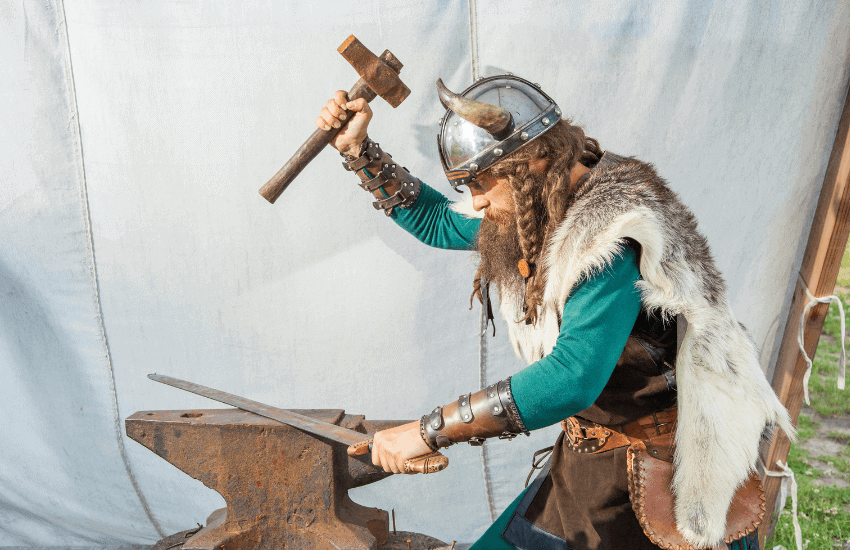
Skofnung is the sword of the famous Norse king Hrólf Kraki. Like Dainslief, Skofnung was a very powerful weapon that carried lots of supernatural properties.
The simplest of these properties was the fact that Skofnung was impossibly sharp and hard – it never dulled and it never needed to be sharpened. The blade was also capable of causing wounds that never healed unless they were rubbed with a special magical stone. The blade also could never be unsheathed in the presence of women or have direct sunlight fall upon its hilt.
Skofnung owed these magical properties to much more than just a skillful dwarven blacksmith – king Hrólf Kraki had imbued the blade with the souls of his 12 strongest and most faithful berserkers and bodyguards.
Tyrfing
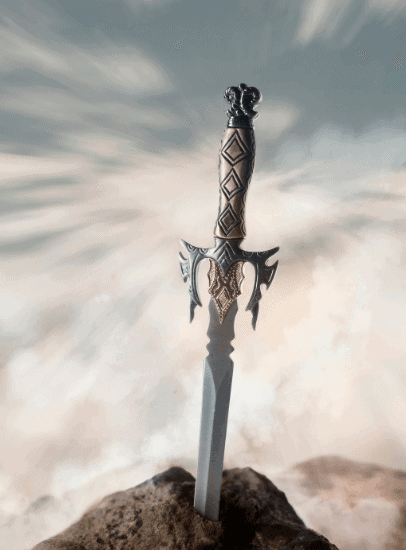
Tyrfing is a magical sword with an exceptionally tragic story. Like Dainslief, it was also cursed to be unable to be sheathed until it had taken a life. It was also ever sharp and could never rust and had the ability to cut through stone and iron as if they were flesh or cloth. It was a gorgeous sword too – it had a golden hilt and shone as if it was on fire. And lastly, just like Dainslief, Tyrfing was enchanted to always strike true.
The sword was first wielded by the king Svafriami in the Tyrfing Cycle. In fact, the very creation of Tyrfing was ordered by the king who managed to capture the dwarves Dvalinn and Durinn. The king forced the two dwarven blacksmiths to craft him a mighty sword and they did so but also cast some additional curses into the blade – namely that it would cause “three great evils” and that it would eventually kill king Svafriami himself.
The king went mad with anger when the dwarves told him what they had done and tried to kill them but they hid in their rock before he could slay them. The king plunged the blade effortlessly into the stone but couldn’t strike the two dwarves who were already hidden deep below ground.
King Svafriami won a lot of battles with Tyrfing but was eventually killed by the berserker Arngrim who managed to take the blade away from him and kill him with it. The sword was then wielded by Arngrim and his eleven brothers. All twelve of them were eventually killed by the Swedish champion Hjalmar, and his Norwegian sworn brother Orvar-Odd. Arngrim had managed to would Hjalmar with Tyrfing, however – a deadly wound which eventually killed Hjalmar, causing the first prophesied “evil”.
The second evil deed was caused when the hero Heidrek, grandson of Arngrim, unsheathed the sword to show it to his brother, Angantyr. As the two men weren’t aware of the curses laid upon Tyrfing, they didn’t know that the blade had to take a life before it could be returned into its scabbard. So, Heidrek was forced by the blade to kill his own brother.
The third and final evil was the death of Heidrek himself when eight mounted thralls entered his tent while he was traveling and slew him with his own sword.
Wrapping Up
Norse mythology is full of unique and intriguing weapons wrapped up in colorful tales. These weapons hint at the glory of war and the love of a good battle that the Norse tended to have. To learn more about Norse mythology, read our informative articles here.




